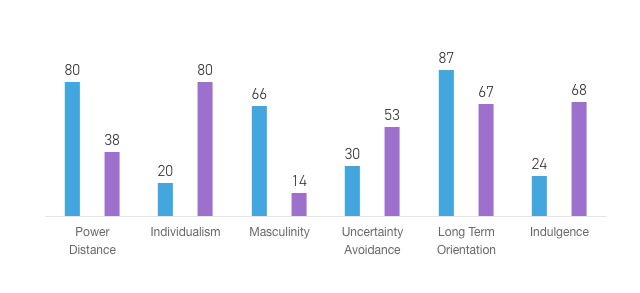A mini game design for WeChat
Agency
-
MediaMonks
Client
-
LEGO
Project
-
New Year Campaign '18
Prev
keyboard_arrow_left
Online Physical Therapy Platform
Next
Evolving to an ecommerce platform
keyboard_arrow_right

















